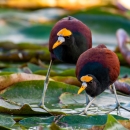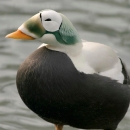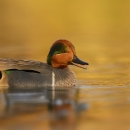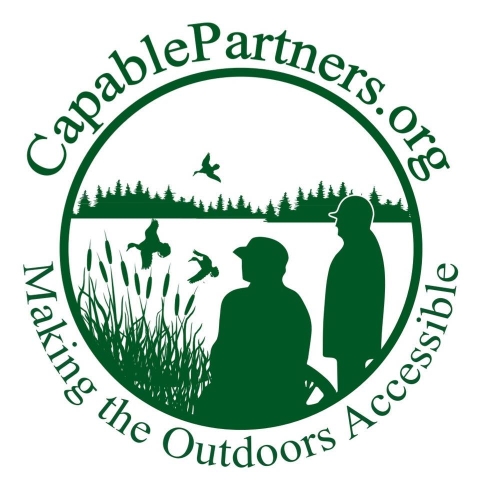
More than a quarter century ago, waterfowl populations in North America languished at historic lows. The waterfowl management community in the United States and Canada developed a strategy to restore them through habitat protection, restoration and enhancement - an unprecedented recognition of the need for international cooperation to help recover these shared resources. This strategy became the North American Waterfowl Management Plan.
Signed in 1986 by the United States and Canada and in 1994 by Mexico, the plan is the foundational bird conservation partnership upon which many others have been built. Its vision of collaborative conservation is as relevant today as it was some three decades ago.
Continental Vision, Regional Implementation
The plan is innovative because its scope is international, but its implementation occurs at the regional level. Its success depends on regional partnerships called migratory bird joint ventures, comprising federal, state, provincial, tribal, and local governments; businesses; conservation organizations; and individuals. Twenty-two habitat-based joint ventures address bird and habitat conservation issues within their geographic areas in the United States, Canada and parts of Mexico. Three species-focused joint ventures, all with an international scope, help further the scientific understanding needed to manage specific waterfowl species.
Conservation projects undertaken by the joint ventures not only advance waterfowl conservation, but also make substantial contributions toward the conservation of all bird species.
Strengthening Conservation Goals
Since its creation, the plan has been updated several times to strengthen its biological foundations, expand and redefine its habitat restoration goals, and forge broader alliances with other bird conservation initiatives. Its focus has remained waterfowl conservation. The plan revision provides a renewed vision for the future of waterfowl and wetlands conservation, representing an important step toward ensuring management programs are aligned and work in a complementary fashion.
More information about the NAWMP Revision process can be found at www.nawmp.org.
Plan Committee
The North American Waterfowl Management Plan Committee provides leadership and oversight for activities undertaken in support of the plan. The committee provides a forum for discussion of major, long-term international waterfowl issues and makes recommendations to directors of the three countries' national conservation agencies.
Science Support
The NAWMP National Science Support Team (NSST) provides technical advice to the Plan Committee to help strengthen the biological foundations of the plan and facilitate continuous improvement of plan-related conservation programs. A number of special committees operating under the auspices of the NSST focus on a variety of specific issues and projects.
Work Groups and Subcommittees
In addition to the NSST, various work groups and subcommittees provide technical support and guidance to the Plan Committee and NAWMP partner organizations.
National FWS Programs They Work With
Related Stories
Partner Category
Other Partners
Here are just a few of our National Partners. You can view the full list of FWS partners, along with the regions and areas of focus our work together entails.
Partnership Services
Through our partnerships we are able to expand our capabilities through the inclusion of services in areas such as:
- Grant opportunities
- Sponsorship of grants
- Cooperative Agreements
To find out more about how our partner provides services view our partner services below.







